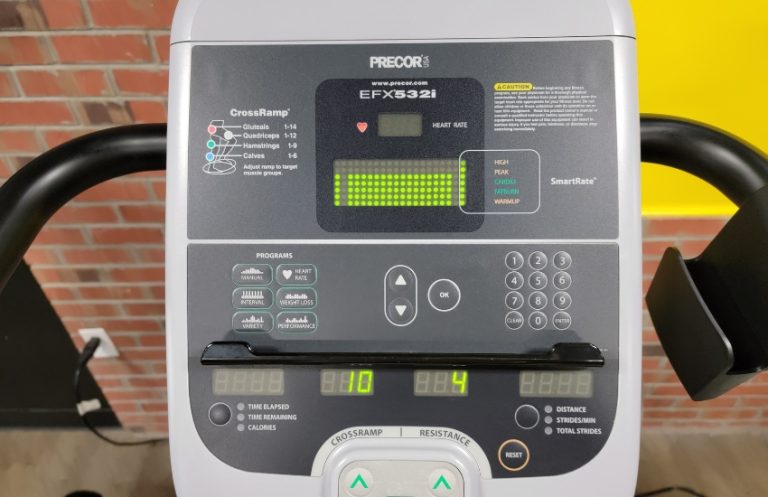What Cardio Exercises Can I Do With Sciatica?

Suffering from sciatica doesn’t mean you have to give up on your cardio exercises.
In fact, regular cardio workouts can play a crucial role in maintaining overall health while managing the symptoms of sciatica.
Understanding how to modify exercises and opting for low-impact options can help you stay active without exacerbating your condition.
Importance of Cardiovascular Exercise
Cardiovascular exercise, also known as cardio, is vital for maintaining a healthy heart, improving lung capacity, managing weight, and boosting overall well-being. Sciatica, which refers to pain resulting from compression or irritation of the sciatic nerve, may make some forms of cardio challenging. However, there are several suitable exercises that can be modified to accommodate individuals with sciatica.
Walking: A Gentle and Effective Option
Walking is a fantastic low-impact cardio exercise that can be easily modified to accommodate individuals with sciatica. Start by walking at a comfortable pace, listening to your body and avoiding any movements that cause pain or discomfort. Pay attention to your form and posture, ensuring that your back is straight and shoulders relaxed. Gradually increase your walking duration and intensity as your body adapts.
Swimming: Dive into Low-Impact Cardio
Swimming is an excellent choice for individuals with sciatica due to its low-impact nature. The buoyancy of water reduces stress on joints and offers a gentle way to engage your entire body. Try various swimming strokes, such as freestyle, breaststroke, or backstroke, and mix them up to work different muscle groups. Additionally, consider incorporating water exercises, such as water jogging or aqua aerobics, to further diversify your routine.
Cycling: Pedal Your Way to Fitness
Cycling, whether on a stationary or recumbent bike, is a fantastic cardio option that can be modified to suit those with sciatica. The bike’s seat provides support to your back, reducing the strain on the sciatic nerve. Adjust the seat position and height to ensure proper alignment and minimize discomfort. As you cycle, pay attention to your body’s response, and avoid excessive strain. Start with shorter sessions and gradually increase the duration and intensity over time.
Elliptical Trainer: Minimizing Strain, Maximizing Cardiac Benefits
An elliptical trainer is another great option for cardiovascular exercise while minimizing strain on your back and sciatic nerve. Proper form is crucial when using this machine. Maintain an upright posture, engage your core, and avoid hunching over the handles. Adjust the resistance and incline levels to increase or decrease the intensity based on your comfort level. Always listen to your body and reduce intensity or take breaks when needed.
Precautions and General Tips
While engaging in cardiovascular exercise with sciatica, it’s important to be mindful of your body’s limitations and take certain precautions:
- Consult with your healthcare professional before starting any exercise program, especially if you have severe sciatica symptoms or underlying health conditions.
- Listen to your body and avoid any movements or exercises that worsen your pain or discomfort.
- According to The Orthopedic Institute of New Jersey, it’s important to warm up before each workout to increase blood flow and loosen up your muscles.
- Include stretching exercises that target the hamstrings, lower back, and glutes, as these areas can alleviate pressure on the sciatic nerve.
- Consider working with a physical therapist who can guide you through specific exercises and techniques to manage sciatica while incorporating cardio into your routine.
Remember that everyone’s experience with sciatica is unique, and what works for one person may not work for another. It’s essential to consult your healthcare professional to receive personalized advice and ensure that you’re engaging in exercises suitable for your condition.
Conclusion
While sciatica may present some challenges, it doesn’t have to stop you from enjoying the benefits of cardiovascular exercise. By listening to your body, using correct form, and gradually increasing intensity, you can enjoy the many benefits of cardio while managing your condition. Don’t forget to consult with a healthcare professional to receive personalized guidance based on your unique needs. With the right modifications and a positive attitude, you can stay active and prioritize your overall health, even with sciatica.


![How to Unclip Peloton Shoes [A Step-by-Step Guide]](https://149924277.v2.pressablecdn.com/wp-content/uploads/2023/03/CamScanner-07-21-2023-12.42-1-768x580.jpg)



![Can I Use My Peloton App on TV? [Everything You Need to Know]](https://149924277.v2.pressablecdn.com/wp-content/uploads/2023/07/Peloton-App-On-T.V-768x768.jpg)